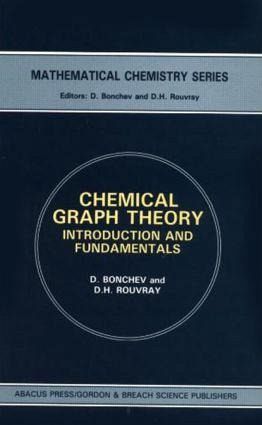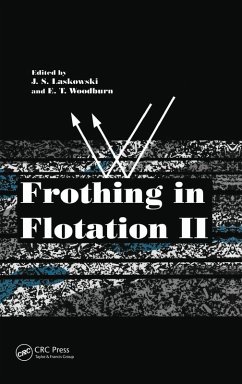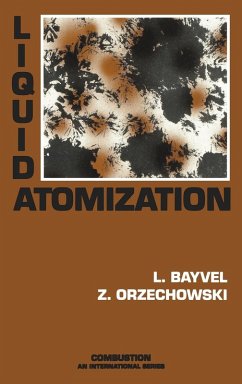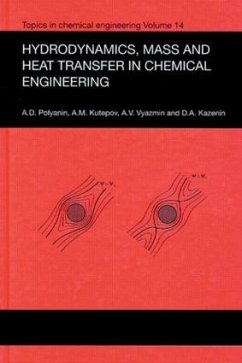
Chemical Graph Theory
Introduction and Fundamentals
Versandkostenfrei!
Versandfertig in 1-2 Wochen
481,99 €
inkl. MwSt.
Weitere Ausgaben:

PAYBACK Punkte
241 °P sammeln!
This book provides an introduction to chemical graph theory by treating the fundamentals of the subject and some of its important applications. It is a valuable resource for scientists and mathematicians seeking a detailed account of mathematical techniques to chemistry.













